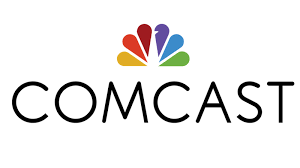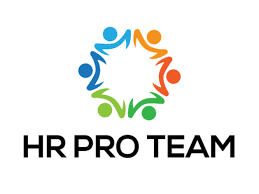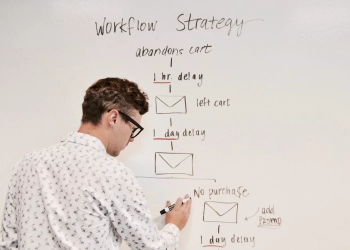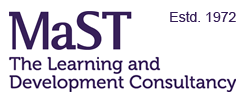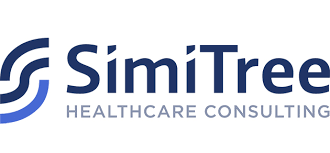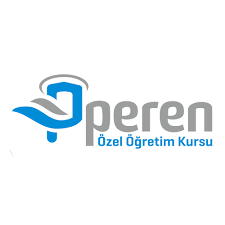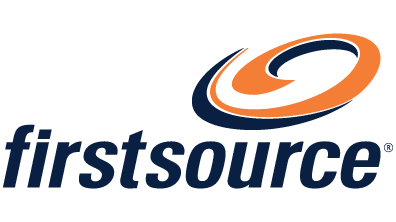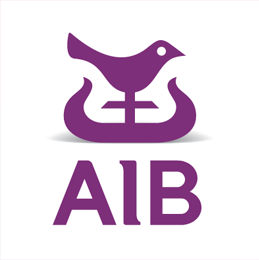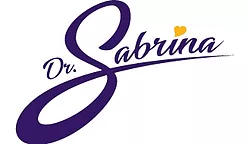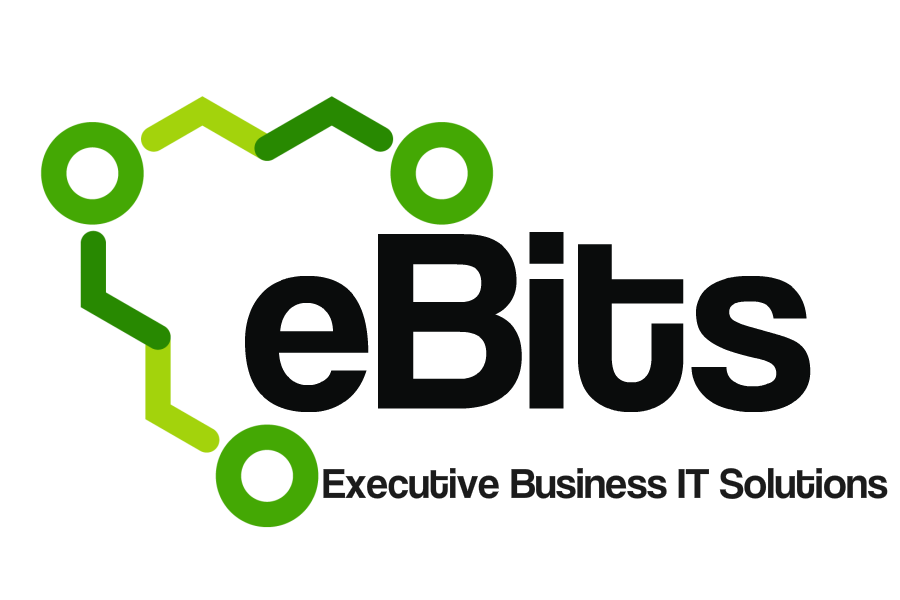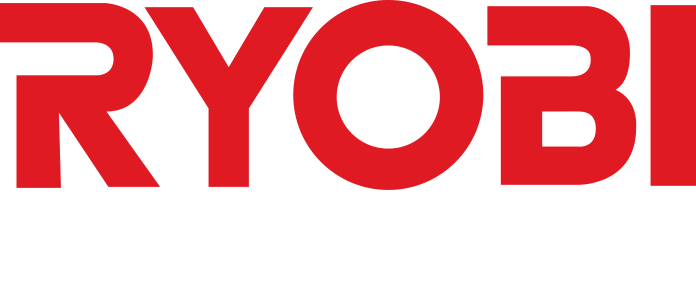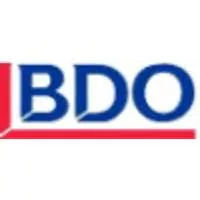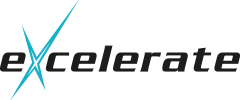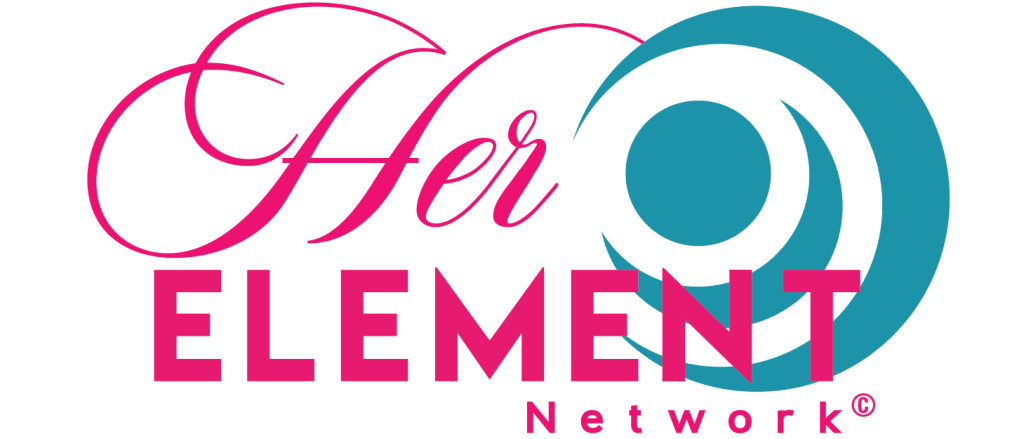Unlock Effective Job Analysis Skills: An Editable Job Analysis Training Course.
Our practical, instantly available, and easily customizable training course content on job analysis skills includes an engaging slidedeck, a flexible participant workbook, expert training forms, and the addition of expert guides with detailed training games and ice breakers.
Whether you’re just starting out or you’ve been in business for years, the training contents will work in harmony within any training situation especially if you have a limited budget for bespoke training solutions.
100% Editable Course Content, Subscription-Free, Instantly Available.
Suggested Use: For all course types, especially for HR and training professionals balancing customization needs with tight deadlines. After downloading and/or editing any content, deliver the materials, including the slidedeck and participant manual to your audience. For best results, follow the format covered within the training course materials provided.
Why You’ll Love This Editable Training Content
- It saves you time by providing ready-to-go materials.
- The content is flexible and easy to edit to fit your teaching style.
- It’s perfect for all experience levels and presentation needs.
- The interactive materials keep your participants engaged.
- You can personalize it for your audience to make it even more impactful.
Course Outline.
This course content includes five modules that you will be able to easily deliver.
1. Mastering the Fundamentals of Job Analysis
In this module, you’ll use the content to lay the groundwork for successful job analysis.
You’ll define job analysis, why it’s essential for modern organizations, and how it directly impacts key areas like recruitment, training, and performance management.
Your participants will explore the main job analysis methods, understand their strengths and weaknesses, and learn when to apply each for optimal results.
They will also learn to differentiate between job descriptions and specifications and how they contribute to effective hiring.
Key learning objectives:
- Objective 1: Define job analysis and explain its critical role in organizational success (SMART: Participants will be able to define job analysis and explain its impact on key HR functions).
- Objective 2: Identify the different job analysis methods and their appropriate applications (SMART: Participants will be able to list and describe at least four standard job analysis methods).
Suggested Group Discussion: “Why is Job Analysis Important in Today’s Organizations?”
2. Core Job Analysis Methods
Next, using the provided content, you can detail job descriptions, selection procedures, and worker mobility while helping participants examine KSAs (knowledge, skills, and abilities), performance metrics, work tasks, and more.
Key learning objectives:
- Compare and contrast various job analysis methods.
- Determine the appropriate method based on job characteristics and organizational needs.
- Understand the strengths and limitations of each technique.
Content:
- Interviews: Types, Structures, Advantages, and Disadvantages.
- Observation: Techniques, Considerations, and Potential Biases.
- Questionnaires & Surveys: Design, Administration, and Data Analysis.
- Review of Documentation: Analyzing Existing Job Descriptions, Org Charts, and Performance Reviews.
- The Critical Incident Technique (CIT): Gathering Behavioral Examples.
- Position Analysis Questionnaire (PAQ): A Standardized Approach.
3. Identifying Knowledge, Skills, and Abilities (KSAs)
In this section, you can use the content to discuss job descriptions, training and development, compensation, and how these relate to performance management with your participants.
Key learning objectives:
- Define KSAs and their significance in job performance.
- Identify KSAs for various job roles using different job analysis methods.
- Write clear and measurable KSA statements.
Content:
- Defining Knowledge, Skills, and Abilities (KSAs)
- Methods for Identifying KSAs: Task Analysis, Competency Modeling
- Writing Effective KSA Statements: Action Verbs, Specificity, and Measurability.
- Using KSAs in Recruitment, Selection, and Training.
4. Crafting Effective Job Descriptions
This module’s content can be used to guide participants in exploring tools like the critical incident technique and position analysis questionnaire.
Key learning objectives:
- Develop comprehensive and accurate job descriptions.
- Align job descriptions with organizational goals and legal requirements.
- Use job descriptions for various HR functions.
Content:
- Essential Components of a Job Description: Job Title, Summary, Duties, Responsibilities, Qualifications, and Reporting Relationships.
- Writing Style and Tone: Clarity, Conciseness, and Accuracy.
- Legal Considerations: ADA Compliance, Avoiding Discriminatory Language.
- Using Job Descriptions in Recruitment, Performance Management, and Compensation.
5. Contemporary Job Analysis Techniques & Future Trends
In this final module, you can use the content to help participants identify the right questions to determine the best job analysis techniques for their needs.
Key learning objectives:
- Explore modern approaches to job analysis, including competency modeling and skills-based analysis.
- Consider the impact of remote work and technology on job roles.
- Anticipate future trends in job analysis.
Content:
- Competency Modeling: Identifying Core Competencies for Organizational Success.
- Skills-Based Job Analysis: Focusing on Transferable Skills and Adaptability.
- Job Analysis in the Remote Work Era: Adapting Methods for Virtual Environments.
- The Role of Technology: Using AI and Data Analytics in Job Analysis (suggested discussion).
- Future Trends: The Gig Economy, Automation, and Changing Skill Requirements.
Equip Your Learners With The Skills They Need.
In this training course on job analysis skills, your participants will:
- Understand the role of job analysis.
- Understand four job analysis skill methods.
- Examine the advantages and disadvantages of interviews.
- Explore three types of job observation.
- Understand the Critical Incident Technique.
- Understand a Position Analysis Questionnaire.
- Explore essential job analysis skill techniques.
What You’ll Get.
Transform your training delivery and maximize participant engagement with our all-inclusive package.
Captivating Content
- Dynamic Slide Deck (82 slides): Visually customizable presentations that keep your audience hooked.
- In-depth Course Workbook (54 pages): Packed with exercises and actionable tips for lasting impact.
Interactive Learning Tools
- Engaging Training Games: Make learning fun and memorable.
- Effective Icebreakers: Foster open communication and build team rapport.
- Practical Activities: Reinforce concepts through hands-on exercises.
Professional Development Resources
- Comprehensive Training Guides: Enhance your facilitation skills.
- Curated Reading Lists: Expand knowledge with carefully selected resources.
- Assessment Tools: Measure learning outcomes with pre-built course tests.
Marketing and Implementation Support
- Ready-to-Use Marketing Materials: Promote your courses with ease.
- Strategic Action Plans: Develop robust implementation strategies.
Instant Access: Lasting Results.
Get immediate access to all materials and start delivering impactful training sessions today. Our resources are designed to drive real change and produce measurable results in your organization.
Elevate your training sessions with our comprehensive toolkit.
Add Product To Order





